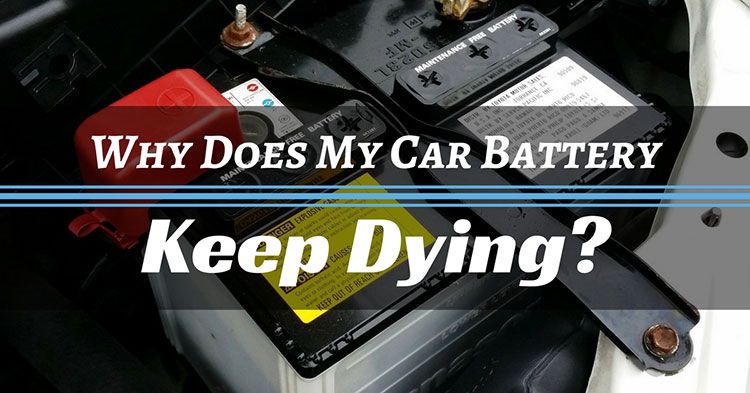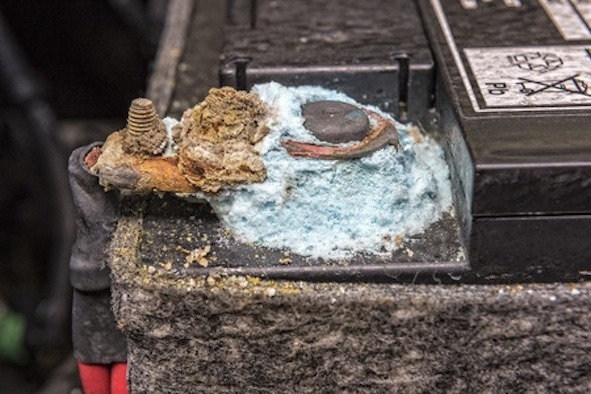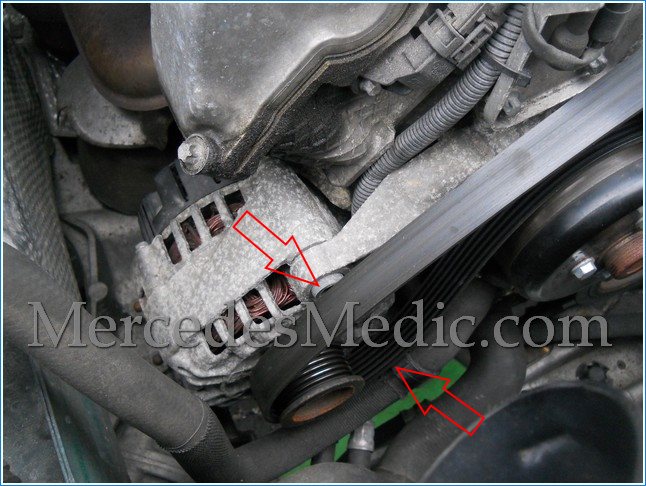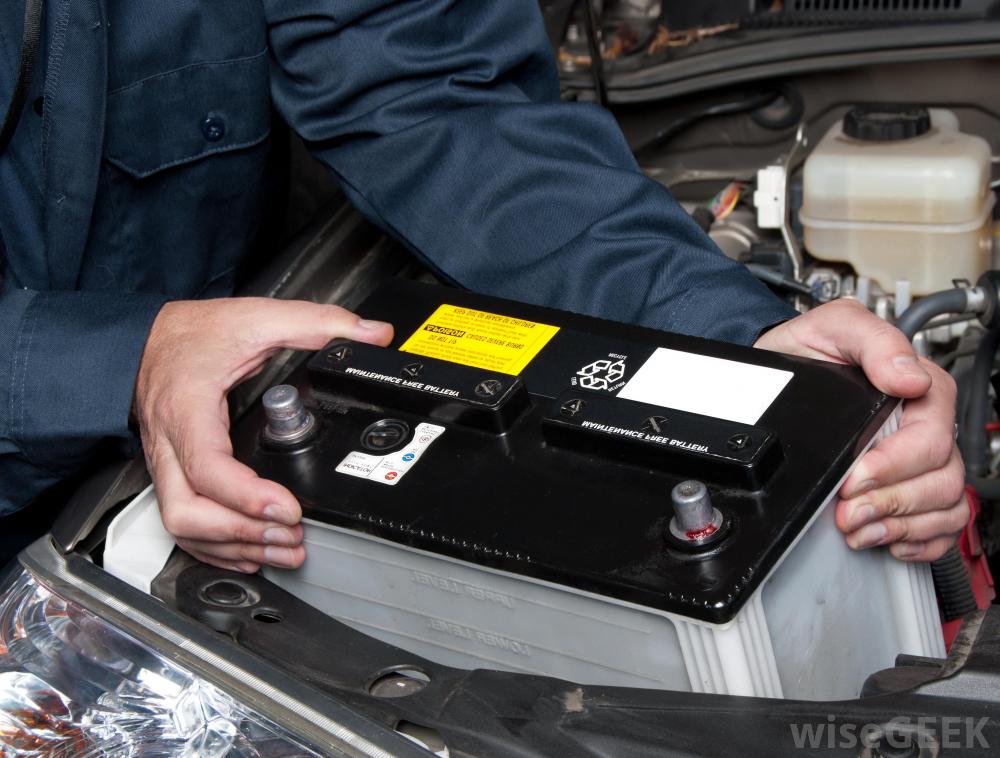
Best Guide on “Why Does My Car Battery Keep Dying?”. Common Glitches and Solutions
Car Battery is one of most significant component in your vehicle needed to start the engine but is generally devalued. The key tasks of a car battery is to provide much needed electrical current to the starter motor and the ignition system while the cranking process of the engine takes place.
More...
Most of the times, we all have gone through a situation where just when you are in a hurry, your car battery acts up and refuses to start up the engine. If you are wondering- “Why does my car battery keep dying?” then following are some potential reasons of such issues and also hands-on solutions which you can perform to fix them independently.
Tools and Supplies Needed
- Multimeter : to spot low parasitic drain - This is used to know which defective electronic system is causing parasitic drain

For Cleaning Corrosion
- Safety Glasses - While cleaning corrosion, use safety glasses to prevent your eyes from any possible damage due to chemical exposures

- Wire brush - If the corrosion buildup on the battery is too hard to clean, use a mini wire brush for ultimate cleanup

Via amazon.com
- Toothbrush - If the corrosion on the battery terminals is minimal, a toothbrush can be used for its cleaning
- A clean cloth - After the removal of the corroded buildup, clean the area with this cloth for proper and clean connection

- Ratchet and Socket Set - For unfastening/fastening the nuts on the cable clamps

Common Faults as to Why Your Car Battery Dies Quickly
1. Parasitic Drain
If you have fairly new battery and if it seems to be in a clean condition then the most likely reason for its quick drainage would be parasitic draw. Parasitic drain is a type of overload caused on your car battery whenever the accessories like clock, security alarm system, etc. are having electrical issues.

For testing which accessory exactly is causing the parasitic drain of battery, you can perform Multi-meter test or check fuses. You can check here for more details on how to test a car battery?
Check out the following video to know more about how to detect a parasitic draw.
2. Corrosion
The two terminals of a car battery might show the signs of corrosion. This is due to electrolysis process caused by different metals present on these terminals as well as cables.
Also, the corrosion on the car battery takes place when seal is defective between the terminals posts and its external plastic shell.

Via city-data.com
Corrosion can be spotted as a white granular buildup on the terminal posts. For preventing this situation, you need to regularly perform cleaning of the battery terminals, cables and posts.
- Cleaning Connections
Disconnect the negative cable of the battery and then the positive one by loosening the nut on cable clamps. For better cleaning, you can use mixture of water + baking soda and dip cables into this solution.
Sprinkle this solution on the terminal posts and clamps. Take a toothbrush and clean these critical surfaces thoroughly.
If the corrosion buildup is hard to take off, use a wire brush and clean the battery post, cables and connections properly to get rid of it. Make sure to use safety glasses and rubber gloves while this cleaning process.
Once done, wipe off all the area with a cloth. Reconnect the cables to the battery and check if it’s ideally functioning. Make sure to fix the positive clamp first. Tighten the nuts on the clamps using a wrench. See below given video to visually watch this cleaning process.
- Old Cables
If your car battery is working fine, then the cause of battery drainage might be loose or old cables. Remove the negative cable from the grounded connection and disconnect the positive cable from starter. Look for any signs of defects or wear off and replace that individual cable.

- New Cables
Make sure the new cables are of same size and length to avoid malfunctioning. Connect the new positive cable to the starter and then negative cable to the ground connection. Make sure the terminals are free from corrosion while integrating new cables.
3. Faulty Alternator
The key function of an Alternator is to recharge the battery and also act as a power source for some of the electronic systems of your car. If for some reason, the Alternator has a bad diode or fails to function, it might cause your car battery to drain out quickly.
The common symptoms of a defective Alternator include frequent need of jump starting, dimmed lights and when the battery light gets illuminated. The battery light will lit up whenever the car detects that the system voltage is not up to the required level, which means the Alternator is not being able to meet the needs of the electronic systems and battery.
The wear and tear of the serpentine belt might also be a problem, so regularly check for any signs of wearing.

For this, you might need to consult a professional mechanic for proper solutions or Alternator replacement.Following is the video that elaborates more on what a defective alternator looks like.
4. Sulfation in Lead-acid/AGM/Wet batteries
Whenever the car batteries are undercharged or overcharged, the lead sulfate crystals tend to accumulate on the lead plates. This causes the lead plates to reduce the current within the electrolyte, further causing quick battery drain.

Via fluidcharge.com
The more the battery remains discharged, the more are its chances to get sulfated. Also, car batteries used or stored under a temperature more than 75°F favors the condition of sulfation and also rapid self-discharging.
If your car battery is sulfated, it will take longer time to get charged, buildup excessive heat and drain out quickly even if recently charged. Few guidelines to avoid sulfation:
- To reverse the effect of this condition, one can use Desulfating battery chargers.
- Desulfating chargers emit high frequency electronic pulses to dissolve the sulfated crystal layer efficiently and safely.
- Avoid overcharging your battery; use a battery charger with inbuilt float mode and ambient temperature sensor
This video will show you how to use a desulfating car battery charger:
5. Old Battery
If battery shows signs of frequent discharging and often fails to crank the engine, then may be its time for a battery replacement. A battery should be replaced every 3-4 years for proper functioning of the car.

Via wisegeek.net
Older battery can eventually add to the bigger issues of the car and you might end up spending a lot more money. Hence, it is recommended to replace the battery every 3-4 years before any potential issues occur.
6. Shortened Drives
If you do not drive your car very often and only use it for small drives, then the cause for quick battery drainage might be undercharged battery.
The alternator does not get ample amount of time to recharge the battery as you continually start and stop the engine.
7. Too Hot or Too Cold Ambient Temperature
The ambient temperature can highly affect the regular functioning of your car battery. If the car is stored or runs under a temperature of above 100°F or below 10°F, then it might favor the sulfation process.
Sulfation causes battery to take longer period for recharging and eventually shortens the battery life.
End of the Line
Above given are all the possible major issues related to the quick drainage of your car battery. Whenever working with the car batteries, make sure to always wear Rubber gloves to prevent yourself from any chemical exposures. Follow the videos for a better understanding about how to step by step fix these defective battery issues.
Comment in the comments section below if you have any further queries; also share your experiences of your car battery problems and their solutions to benefit all the readers. Make sure to share this article if you liked reading it.
Here are some tips:
- Regularly keep the battery terminals and posts clean
- Always replace car battery every 3-5 years
- Do not overcharge your battery
- Use desulfating car chargers whenever necessary

